Steps
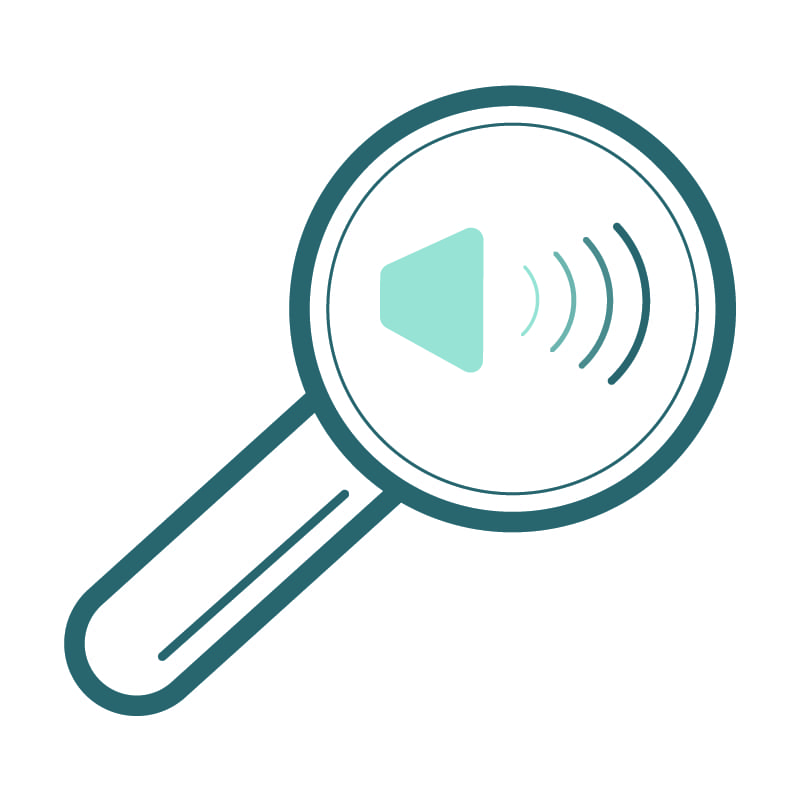
Soundproofing
The key to stopping sound, is to first understand sound.
Simply put, sound is the result of the air vibrating. As the air molecules vibrate, waves are created. When the waves reach our eardrum, our brain recognizes them as sound.
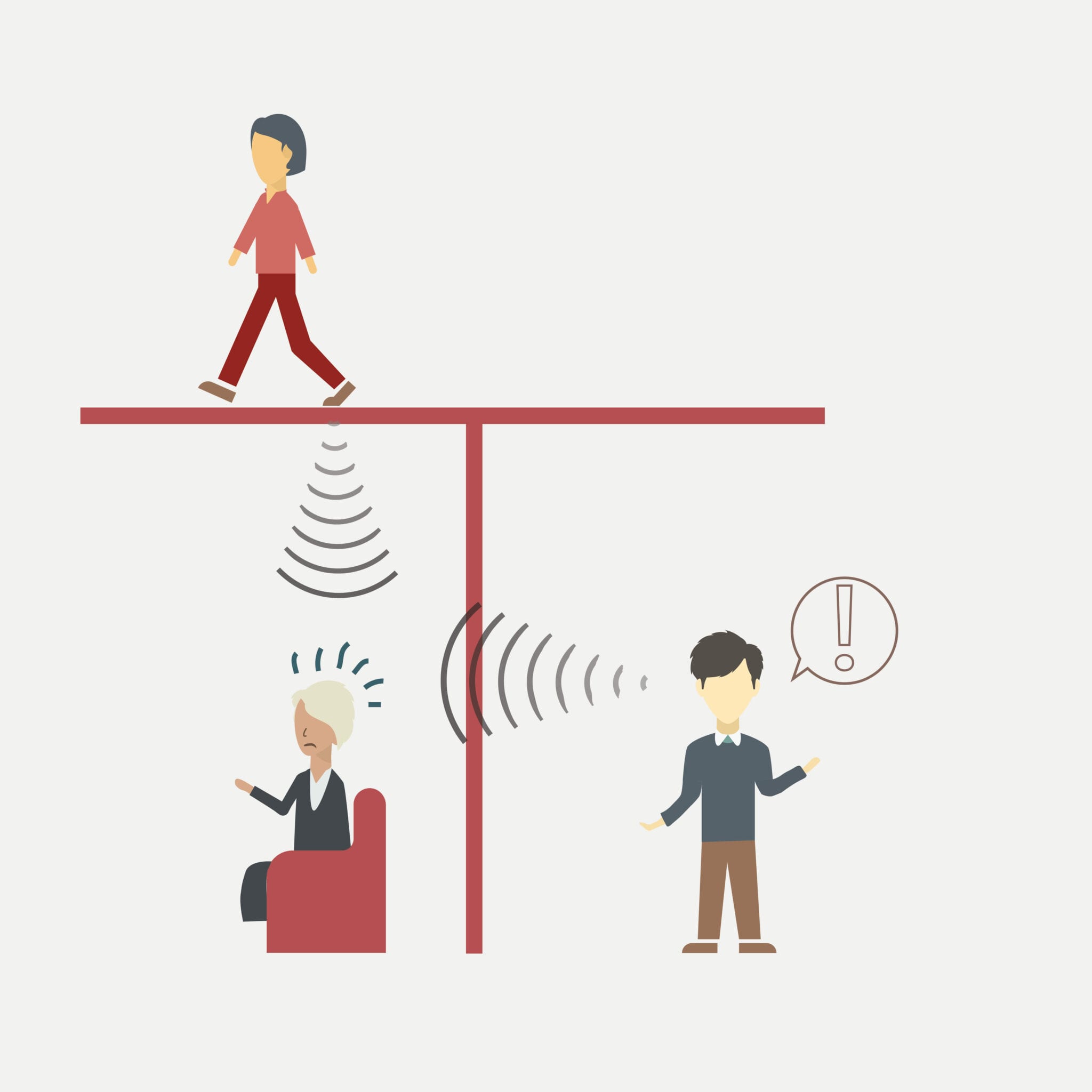
Airborne
Conversation, TV, radio and other noise that passes through walls is called airborne noise. Often walls are too lightweight to sufficiently block the noise. This is a common problem with modern construction as the codes have not evolved to meet the demands of today’s normal sound.
Structure Borne
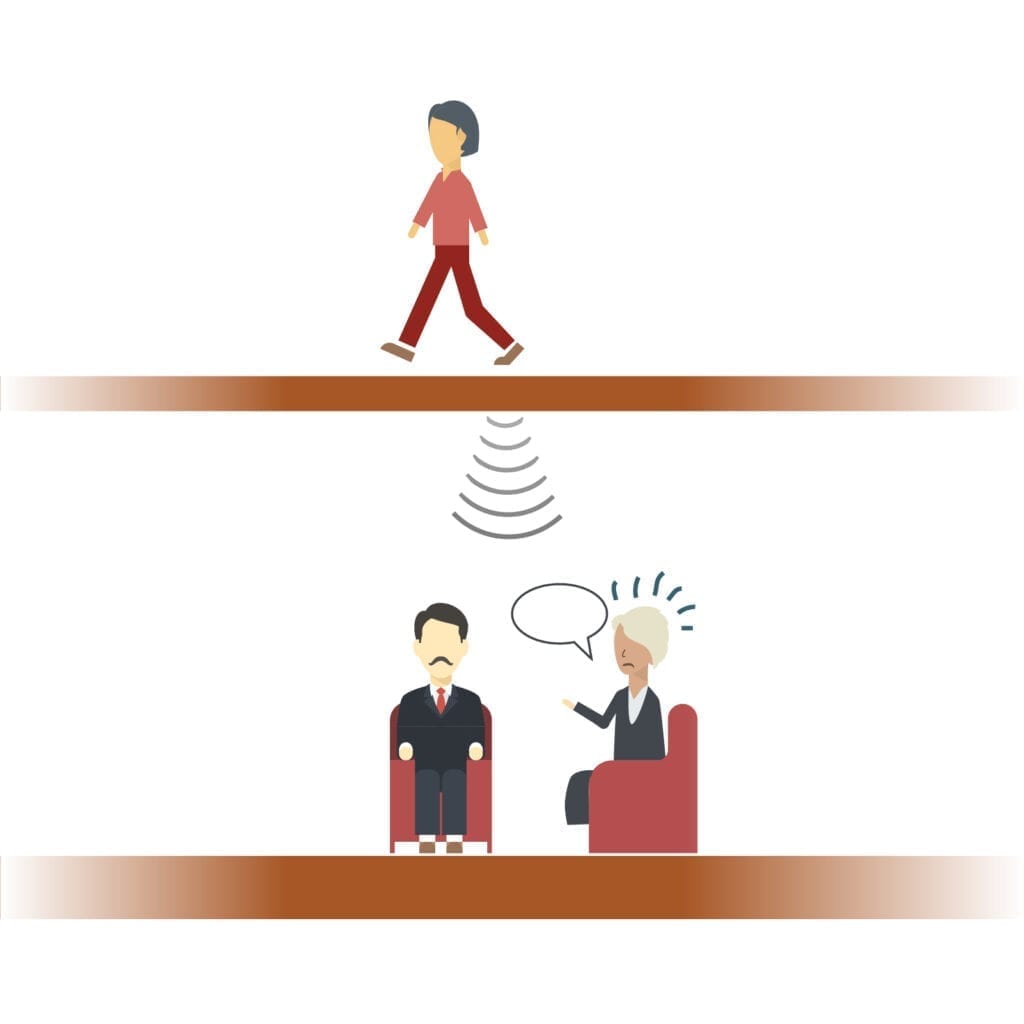
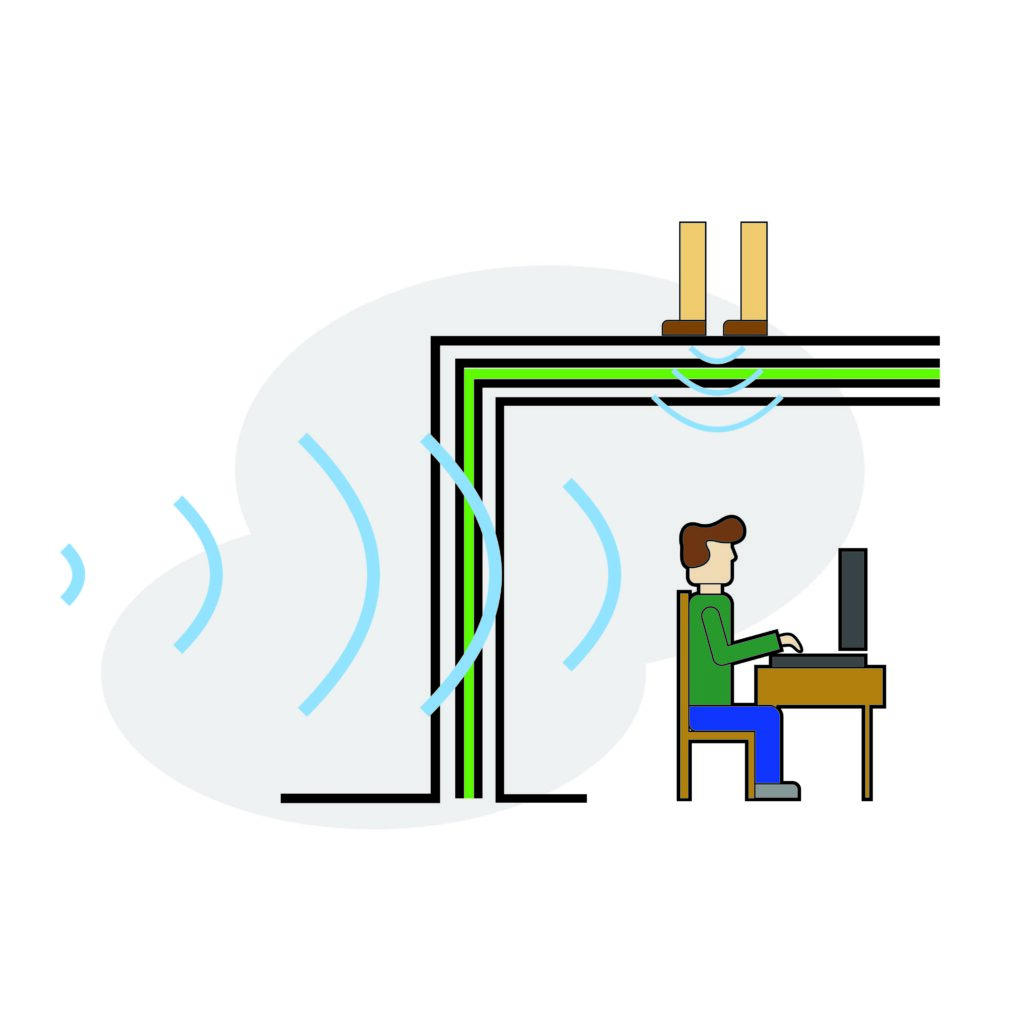
Echoes & Acoustics
Absorbing sound is accomplished by using products that allow sound waves to pass through, while causing them to change direction repeatedly. Critical to this matter is that the product be open cell, rather than closed cell. Think of an empty fish tank; everything that you hear is louder if you stick your head in the empty tank. Glass provides nearly 0% noise absorption.
Often a problem in conference rooms, restaurants and other large spaces, a space with poor acoustics, or no abortion increase stress, reduce productivity and
How do you soundproof?
Now that we can understand how sound works, we can explore the principles of stopping sound.
Different sound solutions are required for each different type of sound. When using one solution type, people are often still left with sound issues because they only treated one noise type or frequency.
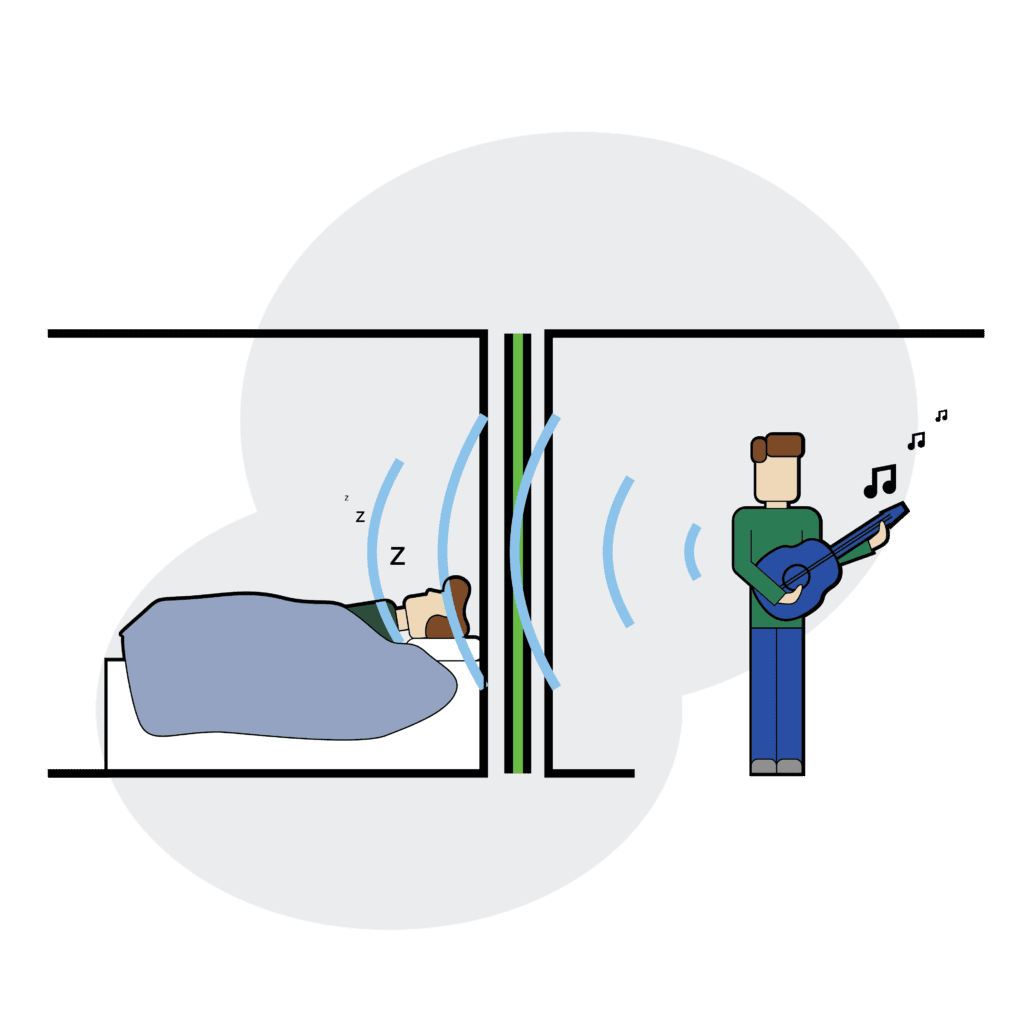
Your solution will involve more than one, if not all, of these components.
Mass
Now that we can understand how sound works, we can explore the principles of stopping sound.
Different sound solutions are required for each different type of sound. When using one solution type, people are often still left with sound issues because they only treated one noise type or frequency.
Decoupling
Sound likes to through patches. Like water The more space, the more reduction in sound levels. Many have solved their soundproofing issues by building staggered stud walls, double stud walls or installing sound isolation clips. All of these methods help decouple the wall and increase the sound isolation. For any structure borne sound, decoupling is a must.
Dampening
Absorption
